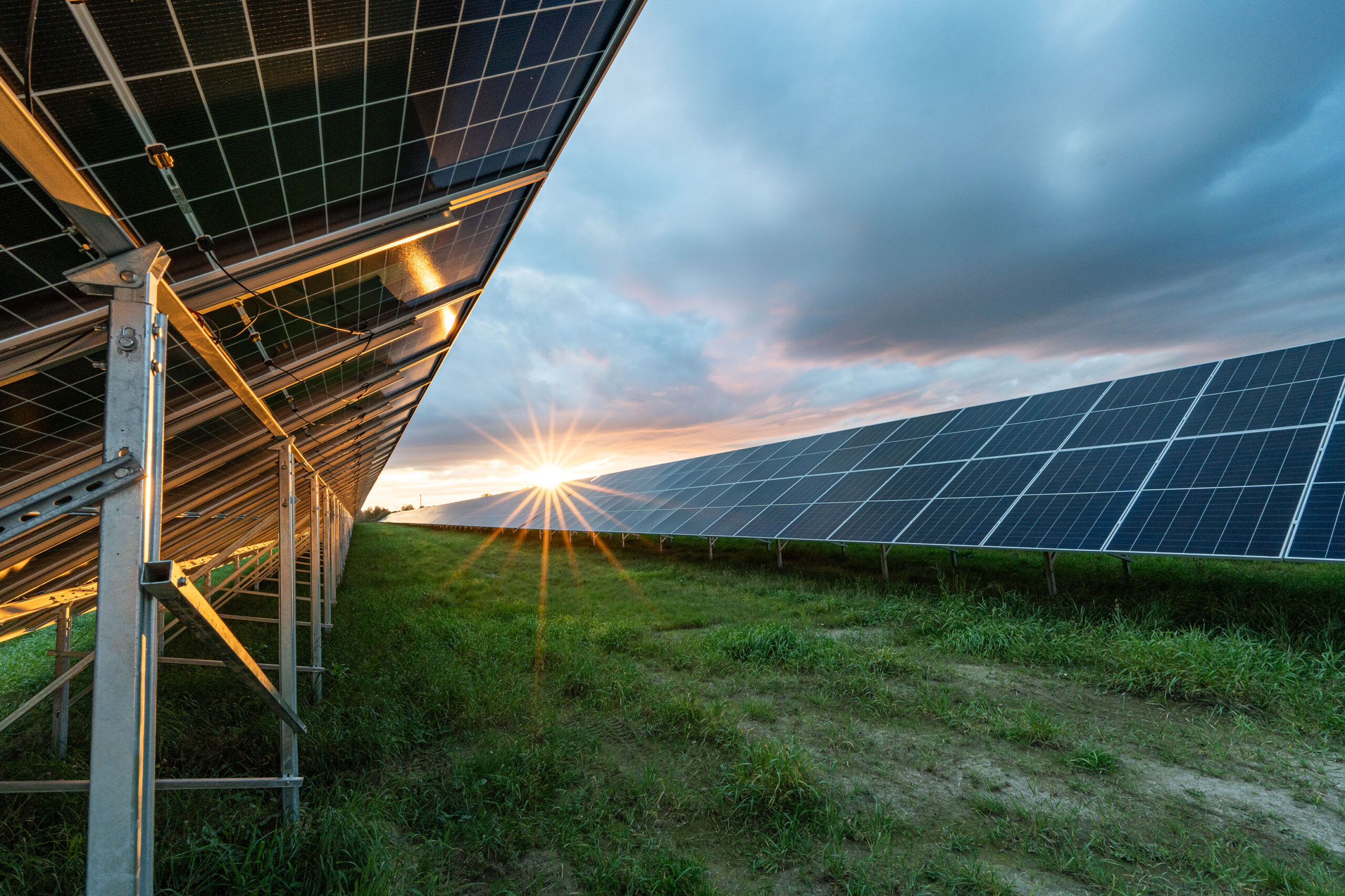Solar power is gaining momentum in Finland, and its role in our national energy mix will increase significantly in the coming years. Finland has substantial solar potential, and several hundred projects are currently being planned. At the same time, regulation related to renewable energy brings both opportunities and risks for the sector.
At present, 285 utility-scale solar power projects are under development in Finland, with a combined planned capacity of 23.3 gigawatts (GW) across various stages. Of these, 19 projects (0.6 GW) are under construction and 42 projects (2.5 GW) already have a building permit. These figures are remarkable, especially when compared to the end of 2024, when Finland’s total installed solar capacity stood at 123 megawatts across 26 operational sites.
“The growth of utility-scale solar development in Finland has been rapid over the past couple of years. We are now building solar power at a scale that was considered unrealistic just a few years ago. This year alone, we expect several hundred megawatts to be completed,” says Klaara Tapper, Head of Public Affairs at Renewables Finland.
According to Fingrid’s forecast, the combined electricity production from residential and utility-scale solar power in Finland could exceed 15 terawatt-hours by 2035. This would represent a substantial share of the country’s annual electricity consumption, confirming that solar power is becoming a key component of the Finnish energy system.
New regulation brings both opportunities and concerns
Regulatory changes in the energy sector are underway. The reform of the Electricity Market Act will make it easier to connect new generation and energy storage to the grid and will allow local grid operators to build and operate 400 kV transmission lines. This is a positive development, especially for large-scale solar projects and battery storage systems.
The Ministry of the Environment has also submitted a draft Land Use Act for consultation, which for the first time includes a planning tool specifically for solar power: the solar partial master plan. While this is a welcome addition to the permitting toolbox, the proposal also includes significant risks. In particular, restrictions on using forest land and strict zoning requirements could hinder project development. Under the current draft, all solar farms over 10 hectares would require a formal zoning plan. This could slow down urgently needed clean electricity development, which is vital for Finland’s growing industrial and transportation electricity needs. Moreover, zoning requirements for small-scale projects are often unnecessary — especially when no other land uses need to be coordinated in the project area.
“The growth of utility-scale solar power in Finland requires a stable and predictable regulatory environment. Permitting processes should focus on efficiency and solutions that support investment, not create new barriers to a development trend that has already gained strong momentum,” Tapper emphasizes.
The current state and future of solar power in Finland will be discussed today at Solar Power Finland, the country’s largest solar energy seminar, held at Kaapelitehdas in Helsinki. The event gathers nearly 250 professionals from the solar sector.


